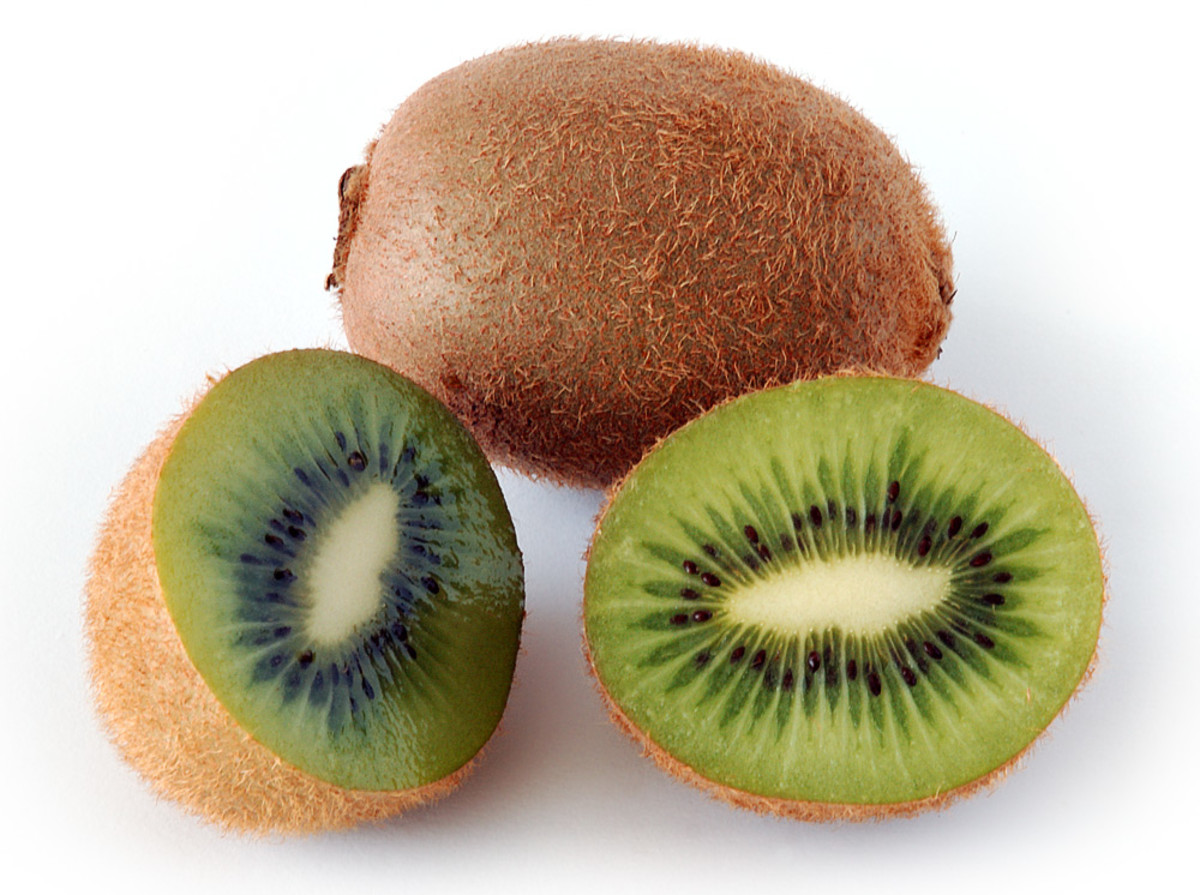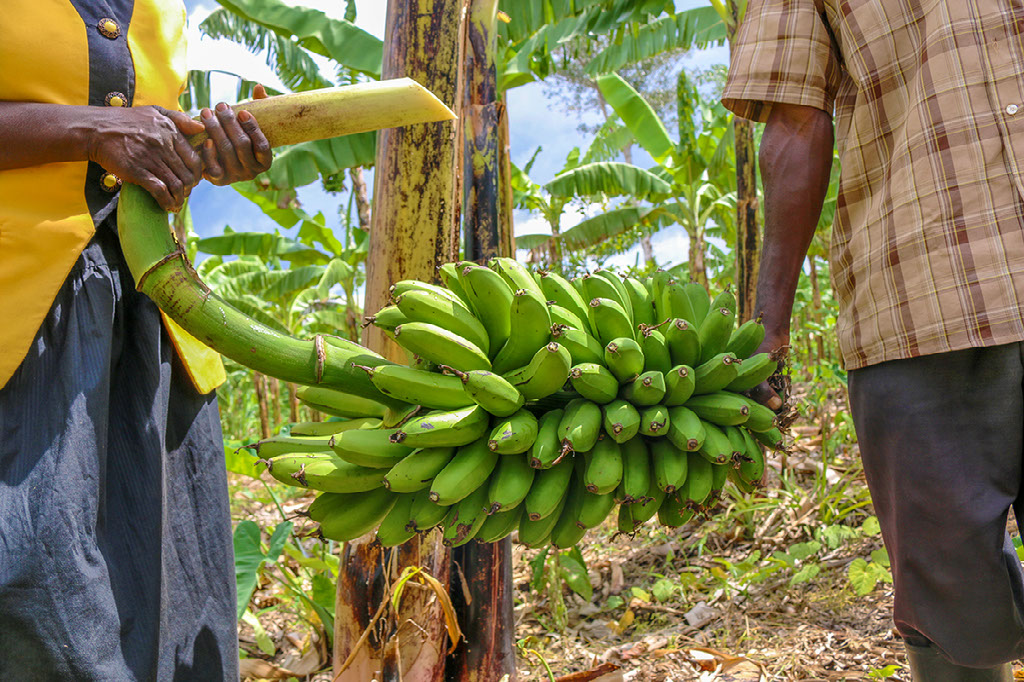Arrowroot farming in Kenya is gaining popularity due to its low maintenance and high returns. Also known as nduma, arrowroots are rich in essential nutrients such as iron, potassium, vitamin B and C.
They are especially loved for their taste and health benefits. Farmers in marshy and well-irrigated areas are already making profits from this crop.
Whether grown near rivers or in trenches using upland methods, arrowroots are a reliable crop for food and income. This guide shows you how to succeed in arrowroots farming in Kenya.

Getting Started with Arrowroots Farming in Kenya
Arrowroots are tuber crops that thrive in moist and well-drained soils. Traditionally grown near rivers and swamps, new technologies now allow farmers to grow them even in dry areas using controlled trench systems. The crop is easy to maintain and has a growing market across the country.
Best Arrowroot Varieties for Kenyan Farmers
There are two main varieties of arrowroots commonly grown in Kenya:
- Dasheen Variety: This one has large tubers and performs well in swampy conditions. It is suitable for commercial production.
- Eddoe Variety: The most common variety in Kenya. It has smaller tubers but adapts well to many environments and grows faster.
Choose the variety based on your region and market demand. Eddoe is ideal for small-scale farmers while Dasheen is good for large production.
Ideal Conditions for Growing Arrowroots
To grow arrowroots successfully, the following conditions are recommended:
- Soil: Well-drained loamy soil with good water retention.
- Soil pH: Between 5.5 and 6.5.
- Rainfall: Regular and well-distributed rainfall throughout the year.
- Moisture: The crop needs a constant supply of moisture to grow well.
If your land is dry, consider adopting upland arrowroot technology. This involves planting in lined trenches that retain moisture for longer periods.
Planting and Caring for Arrowroots
Land preparation and proper planting methods are key to a good harvest. Arrowroots are planted using suckers or rhizomes, and spacing is important to ensure they have enough room to grow.
How to Prepare Land and Plant Arrowroots
Start by ploughing the land deeply to loosen the soil. Depending on the soil structure, you may need to harrow two or three times for a fine and soft texture.
Arrowroots are propagated using:
- Suckers
- Rootstocks
- Rhizomes
Choose rhizomes with two or more nodes for best results. These should be healthy and disease-free.
If you’re planting near a water body, plant the suckers on ridges about 1.0m by 0.75m apart. For dry areas, dig trenches and line them with polythene paper to retain water. Make sure the trenches stay moist throughout the growing period.
Weeding should be done regularly to reduce competition for nutrients. Mulching helps maintain soil moisture and controls weed growth.
How to Control Pests and Diseases
Arrowroots are generally hardy and not prone to severe pest or disease attacks. However, some threats still exist.
Pests include:
- Leaf roller
- Colopedes etheus
Control methods:
- Use arsenical sprays where necessary
- Practise good propagation hygiene
Common diseases include:
- Leaf mosaic
- Bacterial wilt
- Banded leaf blight
Control methods:
- Apply foliar sprays
- Use fungicides such as maneb and cooper
- Avoid water logging and overcrowding of plants
Monitoring your field regularly will help you detect early signs of disease or pest attacks and act quickly.
Harvesting and Selling Arrowroots
Arrowroots mature between 8 to 10 months after planting. You can tell they are ready when the leaves start shrinking and turning yellow.
How and Where to Sell Your Arrowroots
Once mature, the arrowroots are harvested by digging them out of the soil. Clean them thoroughly and sort them according to size and quality. Good presentation attracts better prices in the market.
Arrowroots have a strong and growing market in Kenya. You can sell them in:
- Open-air markets
- Local groceries and supermarkets
- Hotels and restaurants
- Institutions like schools and hospitals
To get better prices, you can supply them directly to buyers or package them for urban retail shops. There is also a growing market for boiled and packaged arrowroots in towns.
Conclusion
Whether you farm near water bodies or in upland areas using trench technology, arrowroots offer great value for every Kenyan farmer willing to try.






































